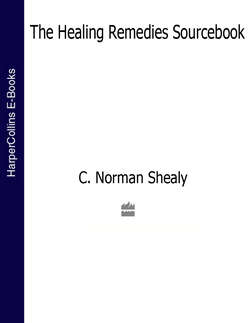Читать книгу The Healing Remedies Sourcebook: Over 1,000 Natural Remedies to Prevent and Cure Common Ailments - C. Shealy Norman - Страница 13
ОглавлениеACORUS CALAMUS
CALAMUS ROOT Vacha
Also known as sweet flag or myrtle flag, this rhizome is a reddish, hairy root, known throughout Asia for its medicinal properties.
PROPERTIES
This herb is pungent and bitter, with astringent qualities. It is a stimulant, a heating/drying agent which warms vátha and decreases kapha states. It can be used as a decongestant and expectorant. Calamus root is emetic and anticonvulsive; it is a bronchio-dilator, and increases circulation to the brain.
Part of Plant Used The root.
Conditions Treated Calamus strengthens the adrenals, improves muscle tissue, helps circulation, and is useful in periods of weakness. It has a beneficial effect on gingivitis (gum disease), and a massage with calamus oil will stimulate lymphatic drainage.
Form Taken Use in a compress or as massage oil.
Used with Other Herbs? Mixes well with ginger, yarrow, lemon, orange, cinnamon, and also with cedar.
HOW TO USE
Calamus reduces kapha and vátha, and increases pitta.
Calamus root is often used to improve the memory.
A simple formula for boosting your brain power: mix ¼ of a teaspoon of the powdered root with a ½ teaspoon of honey. Take internally every morning and evening. Use any time you are experiencing mental stress and overstimulation. A great help at exam time!
CAUTION
Calamus can cause bleeding disorders, such as nosebleeds and hemorrhoids, if used in excess.
Use only the recommended dose.
Calamus can have a very strong and long-lasting odor. It may be appropriate to use it in conjunction with rosemary, lavender, or a sweet-smelling herb.
